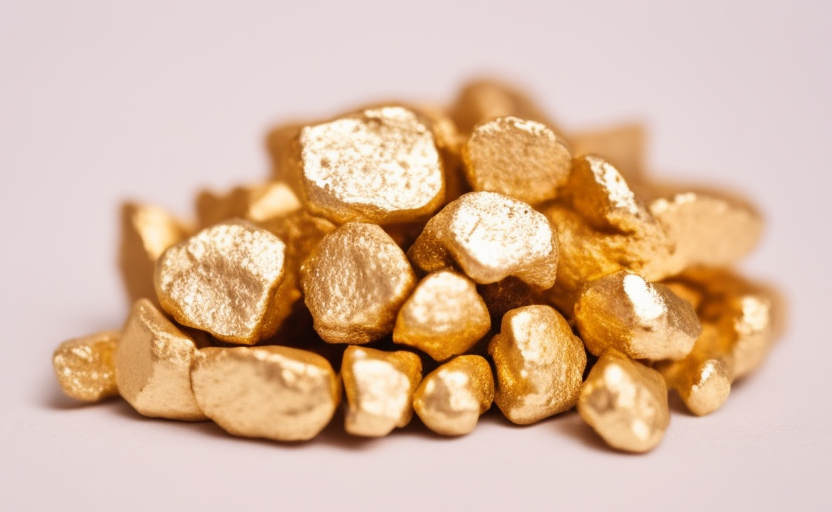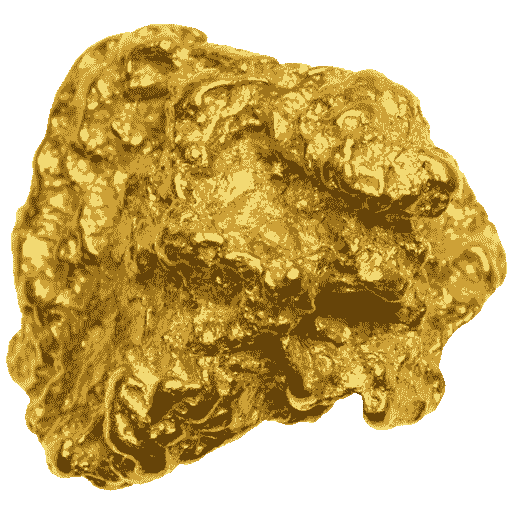Gold mining has played a significant role in Ontario’s history and economy, but it is crucial to address the environmental impact associated with such activities. As the province continues to explore and extract its rich gold resources, it is essential to find a balance between conservation efforts and responsible mining practices. This article delves into the environmental impact of gold mining in Ontario, highlighting the challenges faced and the measures being taken to minimize ecological harm.
- Ecosystem Disruption:
Gold mining operations, particularly open-pit mines, can lead to the disruption and destruction of natural ecosystems. Forests, wetlands, and wildlife habitats may be cleared or altered to make way for mining infrastructure and waste storage facilities. This alteration can result in the loss of biodiversity, with potential impacts on plant and animal species. Protecting and preserving these ecosystems is crucial for the long-term health of Ontario’s environment. - Water Management:
Gold mining requires significant water usage for various processes, including ore processing and dust suppression. Contamination of water sources with heavy metals and other pollutants is a major concern in mining operations. Proper water management practices, such as the installation of water treatment facilities and the implementation of strict monitoring and regulatory frameworks, are essential to prevent water pollution and protect aquatic ecosystems. - Tailings Management:
The disposal of mining waste, known as tailings, poses environmental risks if not managed properly. Tailings often contain residual metals, chemicals, and other contaminants that can leach into the surrounding environment, including nearby water bodies. Implementing effective tailings management practices, such as engineered tailings storage facilities and the use of innovative technologies for tailings treatment, can minimize the potential for contamination and reduce the long-term environmental impact. - Rehabilitation and Reclamation:
To mitigate the environmental impact of gold mining, the rehabilitation and reclamation of mining sites are crucial. Progressive mine closure plans and the implementation of reclamation activities aim to restore disturbed areas to a state that resembles their pre-mining condition. This involves techniques such as re-vegetation, soil stabilization, and erosion control. Successful rehabilitation ensures the long-term sustainability of ecosystems and helps to support biodiversity conservation. - Indigenous Engagement and Traditional Knowledge:
Recognizing the rights and traditional knowledge of Indigenous communities in Ontario is essential for sustainable gold mining practices. Collaboration with Indigenous groups in decision-making processes, environmental assessments, and land use planning helps integrate traditional ecological knowledge and cultural values into mining activities. This inclusive approach promotes environmental stewardship and enhances the preservation of Indigenous heritage and ancestral lands. - Technological Advancements:
Advancements in mining technologies offer opportunities to minimize the environmental impact of gold mining. Innovations such as advanced water treatment systems, energy-efficient processes, and the use of renewable energy sources can significantly reduce the industry’s ecological footprint. Embracing these technologies and encouraging research and development initiatives can drive sustainable practices in Ontario’s gold mining sector. - Government Regulations and Oversight:
Government regulations and oversight play a vital role in ensuring responsible mining practices and environmental protection. Ontario has a robust regulatory framework that governs mining activities, including environmental assessments, permits, and monitoring requirements. Continued enforcement of these regulations, periodic review of environmental standards, and collaboration with industry stakeholders contribute to effective environmental management in the gold mining sector.
In conclusion, Ontario’s gold mining industry has a responsibility to minimize its environmental impact while extracting precious resources. By implementing sustainable practices, engaging with Indigenous communities, leveraging technological advancements, and adhering to strict regulations, Ontario can strike a balance between conservation and extraction. The province’s commitment to responsible mining practices will help safeguard its natural heritage for future generations, ensuring a sustainable and thriving gold industry.



